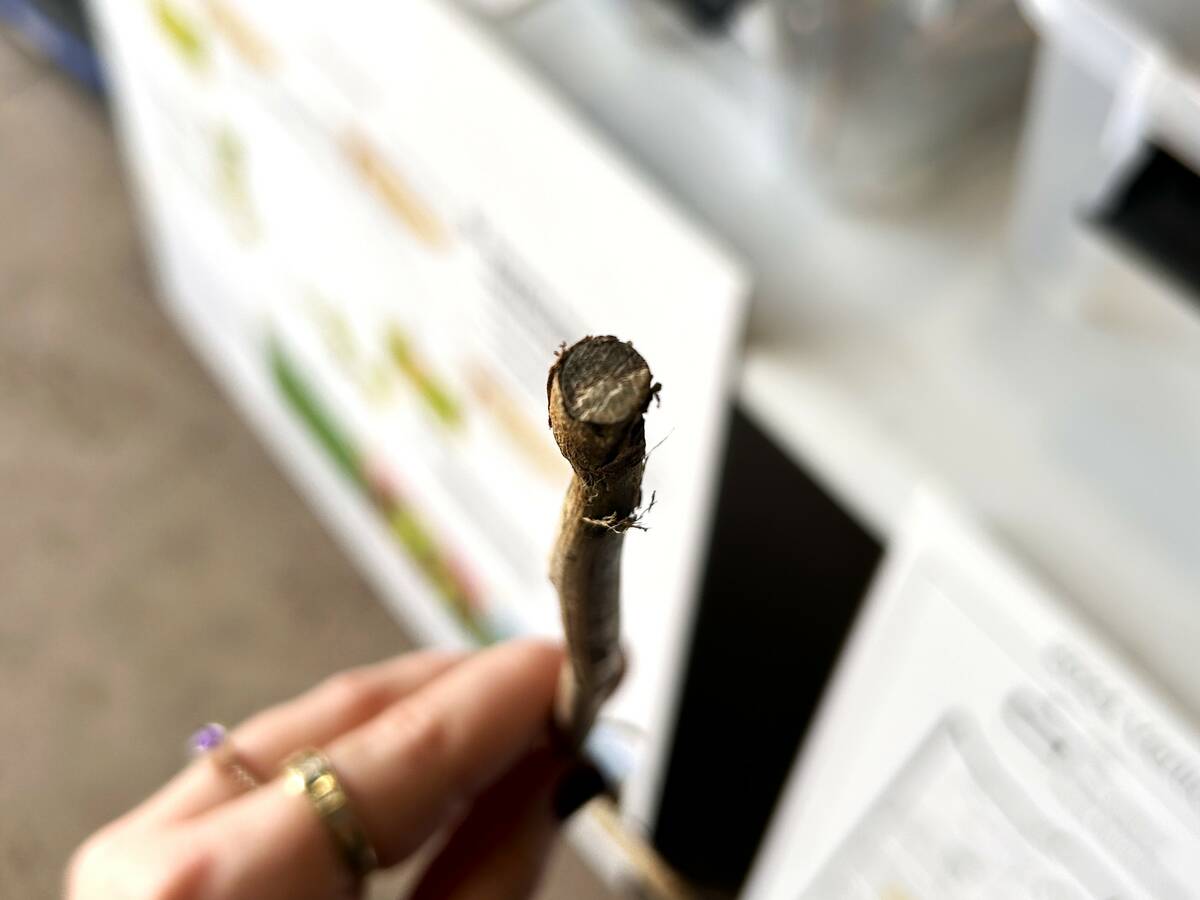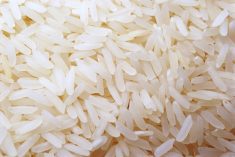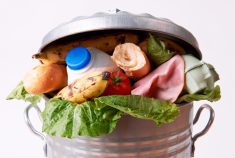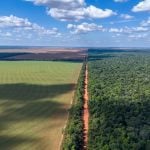New research by Shawn McGuire of the U.K.’s University of East Anglia challenges some of the conventional approaches to supporting food security, in particular the priority given to commercial seed shops as the main way to supply farmers with new crop varieties. The findings suggest that money could be more effectively spent to reach poor farmers, by working with other channels, particularly with local markets.
Contrary to assumptions that all farmers scale back in the face of stress, the results show that most farmers do not change the amount they sow. Of the more than 2,500 small farmers surveyed in six countries only a minority reduced sowing amounts (when under stress) and many increased them.
Read Also

Manitoba canola embattled by verticillium
Verticillium stripe pressure has been growing in Manitoba, and canola farmers still have precious few tools to protect their crop from the disease.
The research comes as a new animated film about the research is launched, aiming to highlight the issues around seed supply and to encourage debate as well as policy change. The film, entitled “Seed is Big Business in Development,” illustrates how nearly all of the spending by governments and development organizations goes towards one or two seed channels — commercial markets or community-level projects. However, these supply just two per cent of the seed used by farmers. The most important channel, local markets, supplies more than half of all seed yet is ignored, or even undermined by policy and practice.
“Whether it is chronic stress, such as drought, or acute stress such as an earthquake, most people can strategize and obtain seed to sow,” said McGuire, a senior lecturer in the School of International Development at the university. “Even in a crisis farmers are able to access seed and grow crops.
“We need to understand that systems don’t just collapse in times of stress or disaster. We shouldn’t underestimate the resilience of these farmers, they have many different ways of getting seed and will change their crops to suit the conditions and opportunities available to them. It is as much about opportunities as threats. Often when people sow less of a crop, it is not due to a lack of seed, but to other issues, such as land shortages, or because they are switching to another crop with better market value.”
McGuire added: “That is not to say that things can’t be improved. Policy-makers and donors need to step back and see the bigger picture. Improving the quality of seed available to farmers, and everyone’s access to seed, are important challenges. But this should focus on a wider set of crops and supply channels.”
The study surveyed smallholder farmers in Haiti, Kenya, Malawi, South Sudan, the Democratic Republic of Congo and Zambia, looking at how much seed they sow, what crops they grow and why during times of stress compared to what they normally do.
“Many major organizations promote food security and this work challenges some widely held assumptions about how to do this. Commercial shops are not the only way; farmers get seeds from many different sources, depending on their crop, market links, exposure to risk, and so on,” McGuire said.
“Food security policy should be based on an understanding of the seed systems farmers actually use. Development efforts should collaborate strategically with seed supply channels that reach small farmers, such as local markets. There are many innovative ways to do this.”














